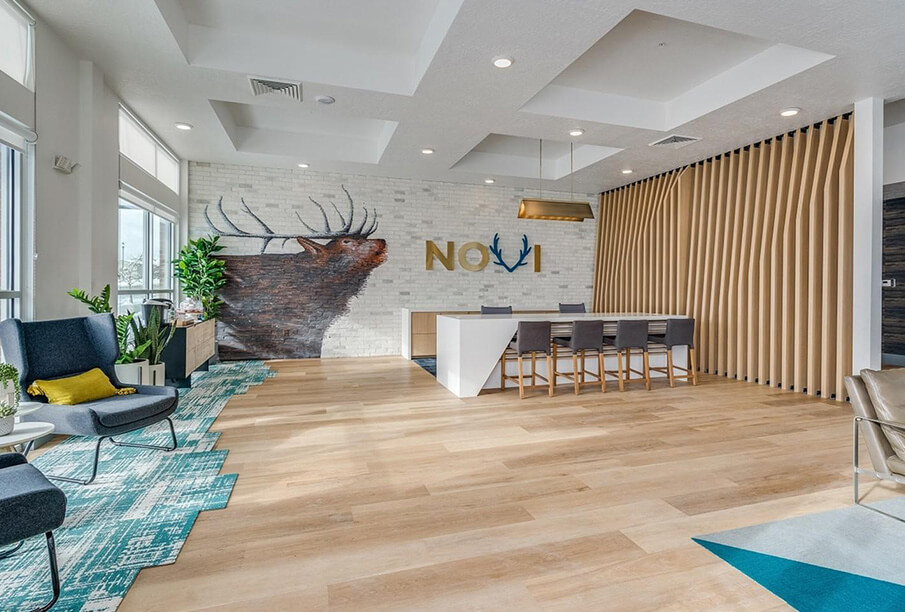We are in a rather unique time for multifamily real estate. The high costs of materials and shipping, as well as supply delays make building from the ground up riskier than it would be under more predictable conditions. Current investment rates, cap rate compression and inflation also are key factors in assessing the risk level for multifamily investors.
Speed-to-market, in terms of design and construction, can refer to multiple scenarios. In this instance, we’re mainly referring to speed-to-market in terms of existing assets that are long-term holds. The properties have the goal of current cash flow, but also a focus on appreciation of returns over the next five to ten years.
Under past market conditions, we saw more short-term holds than we are seeing now. With an increase in long-term holds, we also see an increasing need for capital improvements, either to keep a luxury rental property relevant to the large influx of new builds or to reposition an asset to allow it to be competitive.
We offer a deliverable to our clients that are wanting to do just that. We refer to it as a Property Positioning Plan that assesses the property holistically, strategically lays out priorities for improvement based on the current market and the targeted demographic, and applies aesthetic and program trends to the property at hand. This plan has been used in conjunction with a developer or property manager’s business plan to finalize yearly budgets and determine the areas of attention for the most promising return on investment. The speed-to-market aspect comes into play when we address the property from the standpoint of quick updates with the most impact. By assessing the property as a whole, developers can prioritize funds based on market conditions and what will appeal the most to their prospective resident base.
One thing to consider when making these decisions is the difference between capital improvements and perceived capital improvements. For example, we had a project several years back that we were repositioning and the client was holding a large budget number to completely replace the parking awnings. They were in good condition and mainly needed only new paint and signage. When we talked to them about prioritizing those funds somewhere else, it ended up making sense because the residents would not see that upgrade as an actual upgrade. When residents perceive it as an upgrade, they are willing to pay more in rent and it’s a higher return on investment. Not all improvements will do that. If there is a choice, it’s always beneficial to lean toward resident needs and wants to gain a higher return. We’ve also found that when it comes to residents, aesthetic holds a lot of weight and new furniture and finishes can have a huge impact.
